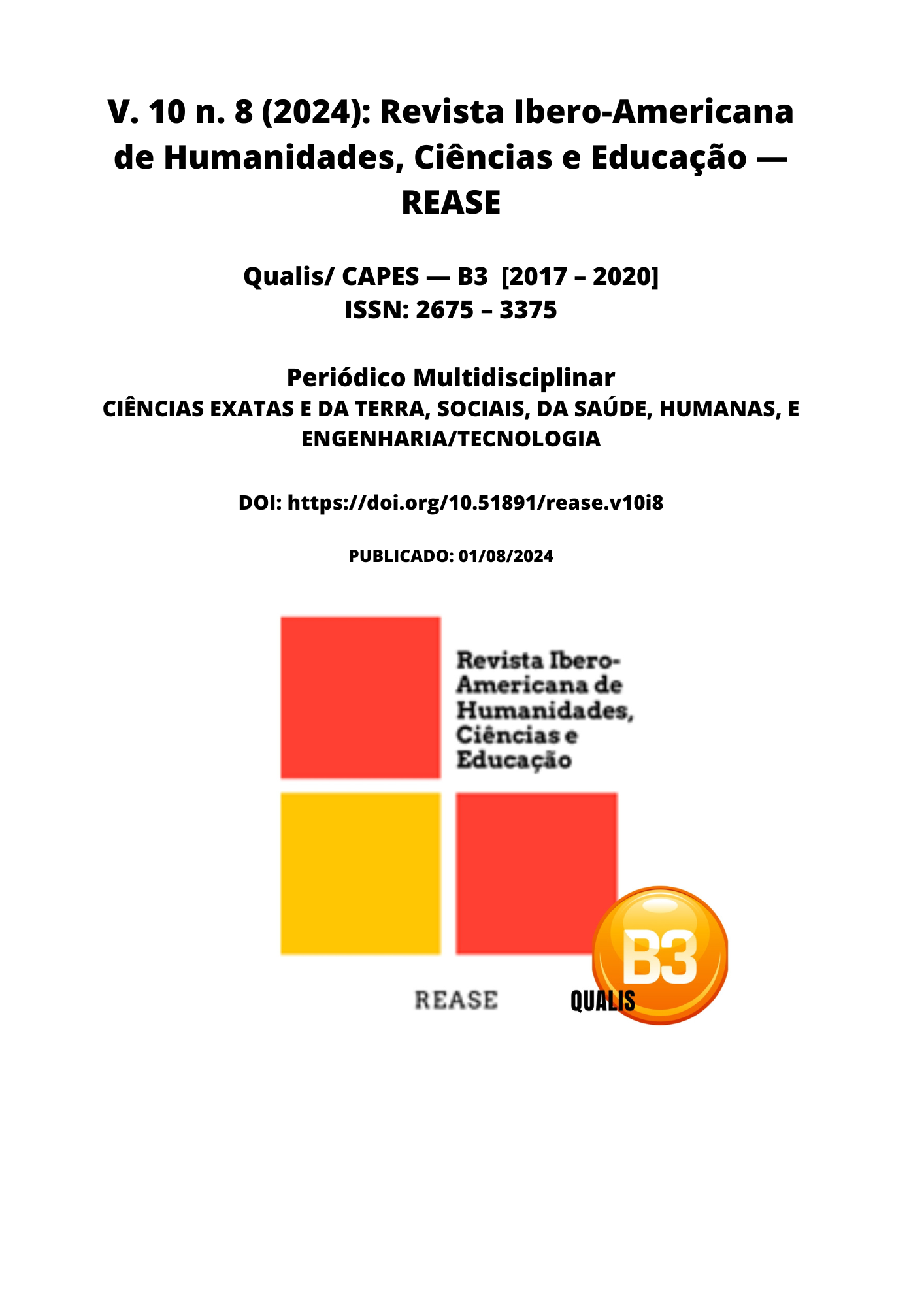OPTIMIZING CLINICAL TREATMENT STRATEGIES FOR PATIENTS WITH SUSPECTED PTE IN THE EMERGENCY
DOI:
https://doi.org/10.51891/rease.v10i8.15122Keywords:
Pulmonary thromboembolism. Emergency treatment. Diagnosis of PTE, therapeutic strategies and clinical management.Abstract
Pulmonary thromboembolism (PTE) represents a serious, often life-threatening clinical condition that demands a rapid and effective approach. Early identification and appropriate treatment are crucial to improving patient outcomes. Suspicion of PTE usually arises in emergency settings, where diagnostic accuracy and the choice of appropriate therapeutic strategies are essential to minimize associated mortality and morbidity. Treatment strategies range from initial anticoagulation to more invasive interventions, depending on the severity of the case. Understanding best practices and updated guidelines is critical to optimizing the management of these patients in emergency settings. Objective: The objective of the systematic literature review was to evaluate the most effective clinical treatment strategies for patients with suspected PTE in the emergency department, focusing on interventions that improve clinical outcomes and reduce the risk of complications. Methodology: For this review, a systematic approach was used according to the PRISMA checklist. The databases consulted included PubMed, Scielo and Web of Science. The descriptors used were "pulmonary thromboembolism", "emergency treatment", "PTE diagnosis", "therapeutic strategies" and "clinical management". Studies that addressed clinical and diagnostic interventions for PTE, published in the last 10 years, were included. The inclusion criteria were: clinical studies relevant to the emergency, peer-reviewed articles and research focused on therapeutic strategies. The exclusion criteria covered: articles not peer-reviewed, studies with samples not specific to PTE and publications older than 10 years. Results: The review identified that initial anticoagulation is the cornerstone of treatment, preferably performed with low molecular weight heparin or unfractionated heparin, depending on the severity of the PTE. Thrombolysis was highlighted as an option for cases of massive PTE, demonstrating benefits in reducing mortality. Additionally, the use of supportive devices such as vena cava filters and consideration of invasive procedures were discussed as alternatives in specific situations. The accuracy of diagnostic methods, such as chest CT angiography and the D-dimer test, was emphasized as crucial for therapeutic decisions. Conclusion: Treatment strategies for patients with suspected PTE in the emergency department should be guided by a rapid and accurate assessment. Initial anticoagulation remains the mainstay of treatment, with additional options such as thrombolysis and invasive interventions reserved for more severe cases. Improving diagnostic and therapeutic practices is essential for optimizing clinical outcomes and reducing complications associated with PTE.
Downloads
Downloads
Published
How to Cite
Issue
Section
Categories
License
Atribuição CC BY

